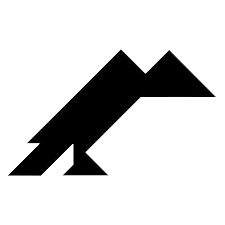Il tangram è un antico gioco di origine cinese, ottenuto scomponendo un quadrato in sette parti dette tan: un quadrato, un romboide, e cinque triangoli rettangoli isosceli, di cui due grandi, uno medio e due piccoli.
Combinando opportunamente i pezzi del Tangram, è possibile ottenere un numero pressoché infinito di figure, alcune geometriche, altre che ricordano oggetti d’uso comune, ecc. Qualsiasi figura realizzata con il Tangram deve essere costituita impiegando tutti i sette pezzi.
















